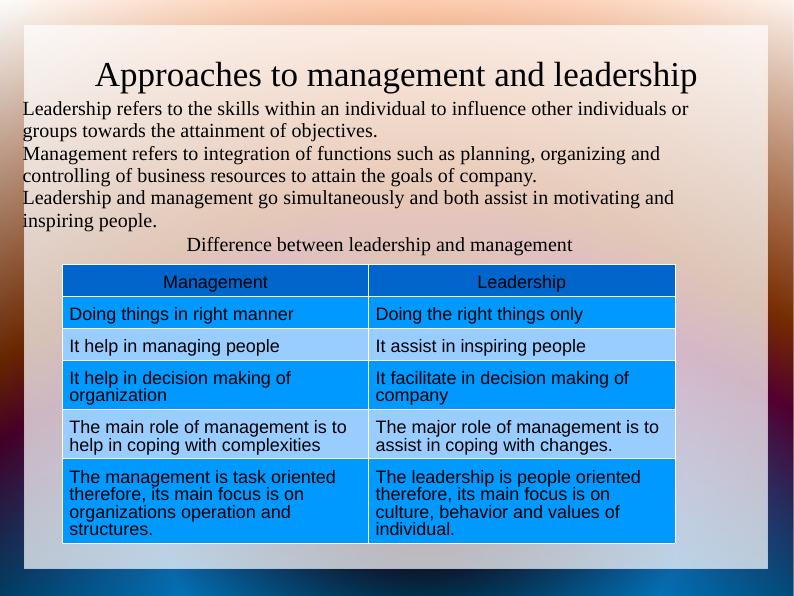Approaches to Management and Leadership
15 Pages1678 Words104 Views
Added on 2023-04-22
About This Document
This presentation discusses the different approaches to management and leadership, including classical and human relation approaches. It also explores the different styles of leadership and their impact on individual behavior. Additionally, it covers the difference between Maslow and Herzberg theories and how they can be used to reduce employee turnover rate. The presentation concludes with a discussion on employee empowerment and engagement.
Approaches to Management and Leadership
Added on 2023-04-22
ShareRelated Documents
End of preview
Want to access all the pages? Upload your documents or become a member.
Leadership and Management: Past, Present and Future
|21
|1778
|67
Paper on Human Resource Management 2022
|16
|4541
|48
LEADERSHIP HOMEWORK HELP
|8
|2147
|154
Reflection on Nursing Leadership: Assessment Scores and Findings
|8
|1191
|135
Leadership & Management: Past, Present, and Future
|18
|1479
|26
Introduction to Classical Management Theories
|10
|1150
|27




